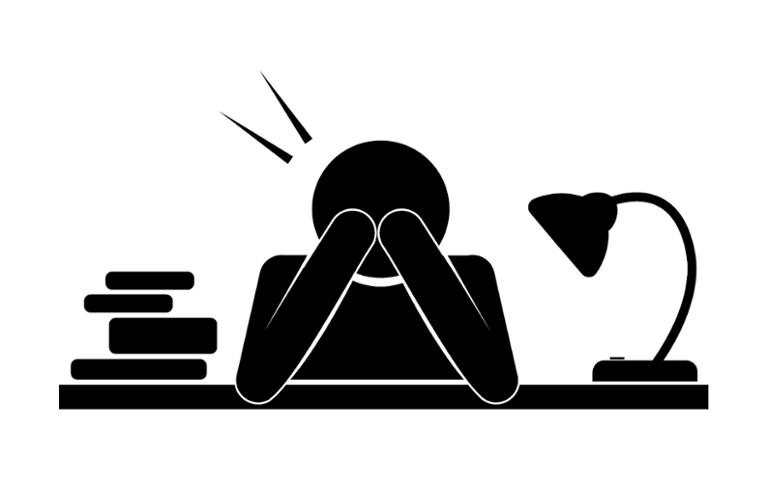Burnout is something that any tech pro can experience, and it can happen even at the largest companies with the best perks. How can you identify burnout in tech, and what can you do when you’re burned out? Here are some tips and tricks for preserving your mental health, from recognizing the physical symptoms of energy depletion to the best ways to tell your boss you’re burned out.
In past Dice Sentiment Reports, tech pros have cited the following as key reasons for burnout:
- Workload
- Excessive hours worked
- Lack of recognition for work
- Lack of challenges/monotony
But how do those factors translate into the physical and mental symptoms of burnout?
Symptoms of Burnout (and What to Do About Them)
Here are some key indicators that you’re experiencing burnout. If you’re dealing with any of these, don’t be afraid to take proactive steps to mitigate them.
- Constant fatigue: If you’re physically and mentally exhausted far more than normal (i.e., even after several days of consistently good sleep), it might be a sign that you’re overextended.
- Difficulty concentrating: If you just can’t seem to focus on your priorities throughout the day, you may need to take a step back and reevaluate.
- Irritability: For some people, burnout manifests as irritability. Are you blowing up over relatively minor issues?
- Emotional ‘deadness’: Do you struggle to care about things, even those things that previously held a good deal of interest for you? It could be a huge sign of burnout.
Fortunately, there are also some straightforward steps for mitigating burnout and boosting your mental and physical health.
- Establish good work-life balance: Are you working too many hours? Are your meetings scheduled too late (or too early) in the day? Work with your manager to establish a better work-life balance. Your manager is vested in you delivering your best performance, and that means they’ll help you find ways to adjust your workload accordingly. (If they’re not willing to help, you may want to consider a different job.)
- No means no: As a part of work-life balance, empower yourself to say “no” to meetings, tasks, and projects—both at work and outside of it—that might overburden you.
- Identify what stresses you out: Throughout a typical week or month, take note of what makes you stressed and depressed; also identify what makes you happy. Once you’ve charted out your “pain points” and the things that give you joy, you can better determine what you need to eliminate (or double down on) to help alleviate burnout.
- Therapy is great: Everyone could use a little therapy, as the saying goes.
- Self-care is vital: Exercise, sleep, and proper diet can go a long way toward keeping you physically and mentally whole.
Once you’ve identified burnout, you can deal with it. One of the keys is communication: tell your boss that you’re burned out, and suggest proactive, effective ways of dealing with it. Mental health and burnout shouldn’t be an isolated battle; you might be surprised at how quickly your community and team members will rally around you.
Burnout Can Impact Everyone
Burnout doesn’t just impact tech pros: according to a recent Gallup poll, managers are also feeling burned out. Some symptoms of managerial burnout include:
- Work disengagement
- Burnout
- Actively seeking a new job
- Feeling like their organization doesn’t care about their wellbeing
With managers, many of the same curative options apply: work on your work-life balance and self-care. Burnout has the potential to impact everyone, but there are also ways to deal with it.



